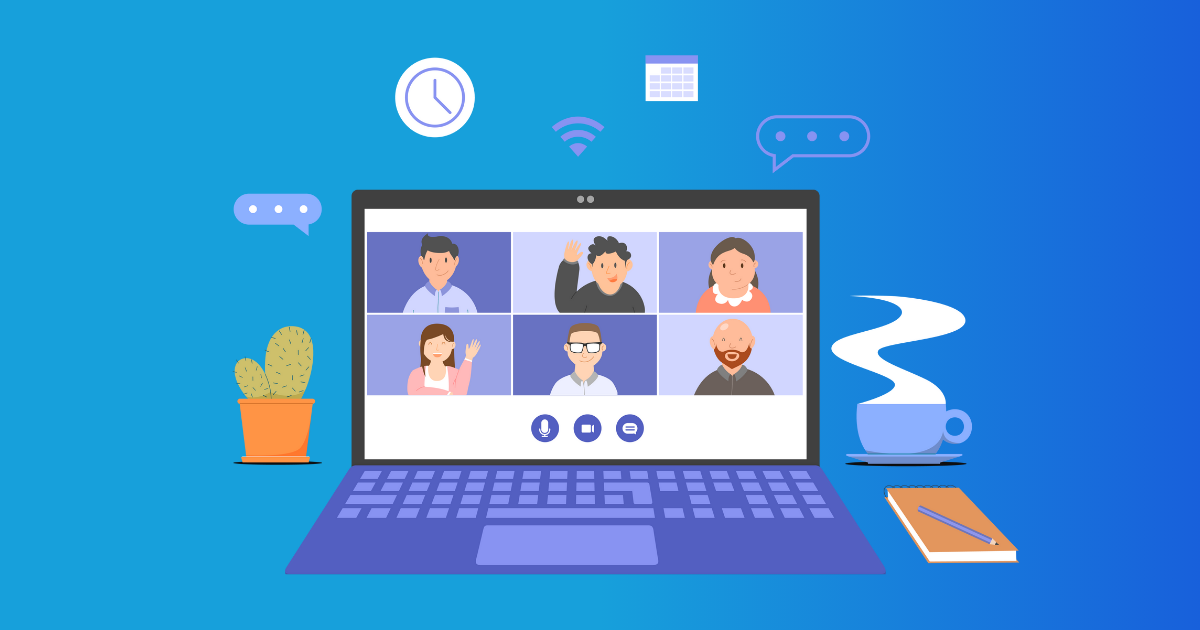Table of Contents
- Cracking the Case: Google Sign-In on meet.jit.si
- What’s Messing Up Google Auth?
- Steps to Fix & Polish Your Jitsi Meet Experience
- 1. Dump That Old Browser Cache and Those Cookies
- 2. Poke at Browser Privacy and Disable Sketchy Extensions
- 3. Brush Off the Dust and Update
- 4. Verify OAuth Credentials and Redirect URIs
- 5. Take a Gander at Network Settings and Firewalls
- 6. Jitsi Meet Configuration Tweaks Could Be Handy
- Real Tale: Fixing a Self-Hosted Jitsi Setup
- Optimize Your Jitsi Meet Authentication
- Looking After Security and Privacy
- Wrapping Things Up
So, you’re on meet.jit.si and having a hard time signing in with Google? Don’t stress; you’re not the first to hit this snag. A lot of folks face issues like Google auth hiccups or OAuth login failures that really get in the way. This guide is here to help you untangle these problems and make your Jitsi Meet experience smooth again.
Cracking the Case: Google Sign-In on meet.jit.si
When you use Google authentication with Jitsi Meet, it relies on OAuth 2.0—a safe, secure fiddle so you don’t have to toss out your Google password to sign up. If you hit a wall when logging in to meet.jit.si, it’s usually because something’s not right with your OAuth credentials, browser settings, or how Jitsi reaches out to Google’s API.
What’s Messing Up Google Auth?
-
OAuth Credentials Out of Whack or Expired
Jitsi Meet connects to Google via OAuth settings. If these credentials are screwy, expired, or voided, forget about logging in. -
Redirect URIs Not in Sync
Want Google OAuth to work right? Better make sure every single redirect URI fits exactly with what you’ve told Google in their Cloud Console. -
Blocked Cookies via Browser Settings or Extensions
OAuth is cookie-dependent. Kill those or run strict privacy blockers, and you might wreck it all. -
Network Restrictions You Didn’t Think Of
Your network could be killing Google domains or OAuth endpoints without you realizing it. -
Running Old Software
Stick with older Jitsi or browser versions, and you’re gambling with OAuth issues since new updates handle security better.
Knowing the pain points makes solving them a lot easier, and we’ve mapped out the fixes for you next.
Steps to Fix & Polish Your Jitsi Meet Experience
If your Google login refuses to play nice on meet.jit.si, here’s the roadmap to solving it:
1. Dump That Old Browser Cache and Those Cookies
Browsers hold onto cookies and cache info. If it’s corrupt, new logins might just faceplant.
- If you’re on Chrome or Firefox, poke around Settings > Privacy to obliterate what’s stuck there.
- Pry out cached images, junk files, and cookies, especially anything tied to meet.jit.si and accounts.google.com.
This fresh slate often sorts out those nagging OAuth login errors, like magic.
2. Poke at Browser Privacy and Disable Sketchy Extensions
Extensions that guard your privacy—great as they are—might not play well with Google’s OAuth scripts.
- Turn off bits like uBlock Origin, Privacy Badger, or NoScript for a while.
- Allow third-party cookies, especially for meet.jit.si and google.com addresses.
- Use an incognito window to test the login since it skips extensions.
If this works, whitelist meet.jit.si in your extensions for a stress-free future.
3. Brush Off the Dust and Update
Old versions can’t make the OAuth cut. Keep your browser and Jitsi Meet fresh.
- Get the newest stable version of your browser.
- If you’re running your own Jitsi setup, make sure it’s up to date with the latest fixes so Google OAuth won’t give you a headache.
Check out Jitsi’s official releases for all the details.
4. Verify OAuth Credentials and Redirect URIs
Handling this on your own server? Then make sure OAuth setup is spot on.
- Visit Google Cloud Console.
- Dig through your project and double-check OAuth 2.0 Client IDs.
- Make sure every redirect URI matches your Jitsi Meet’s URL perfectly.
- Double-check your Client ID and Client Secret configuration.
If redirect URIs are off, expect OAuth login fail errors to haunt you.
5. Take a Gander at Network Settings and Firewalls
Playing it all safe could mean Google’s OAuth endpoints get blocked.
- Make sure outbound calls to accounts.google.com and oauth2.googleapis.com are a-OK.
- Keep an eye on browser console for any network errors tied to these domains.
- Corporate or educational networks? You might need to request getting these Google OAuth URLs whitelisted.
6. Jitsi Meet Configuration Tweaks Could Be Handy
Admins, fine-tuning configs can make a world of difference.
- Secure everything with HTTPS and valid certificates; OAuth won’t play on insecure connections.
- Peek at the
config.jsfile for Google OAuth settings. You might wanna eyeball Jitsi Meet’s official authentication docs and take a few pointers.
Real Tale: Fixing a Self-Hosted Jitsi Setup
Once upon a time, a community friend hit a snag with their ‘Google login fail’ error after jina and jovi switched Jitsi to a new domain. The villain of their story? An outdated redirect URI still clinging to the old URL in Google Cloud Console. Updating the redirect and a fresh Client Secret worked wonders right off the bat.
Lesson learned: Switching domains? Make sure OAuth credentials keep pace with the changes, or else.
Optimize Your Jitsi Meet Authentication
You’ve fixed those sign-in hiccups, now let’s keep it reliable and secure:
- Rotate OAuth Credentials Regularly: Keeps things fresh and less hackable.
- HTTPS, All the Way: Ditch insecure HTTP for good to stop any cookie blocking or looming security alarms.
- Log It All: Keep tabs on those authentication logs using server or browser tools to catch any repeating restarts.
- Teach the Crew: Guide your users on browser setting adjustments needed for Jitsi Meet. Help them clear cache or disable blockers when needed.
- Backup Your OAuth Setup: Stash away security copies of any needed Google Cloud Console setup so losing credentials isn’t a day ruiner.
Doing all this? It adds up to greater security and trust all around.
Looking After Security and Privacy
Using Google OAuth isn’t just a smart idea; it’s the safer path too. To keep it tight:
- Tuck away your Google OAuth Client ID and Secret—not for public eyes.
- Choose OAuth scopes wisely, asking only for the minimum permissions.
- Make sure everyone knows about Google’s authentication activities and data sharing limits.
- Employ only strong HTTPS/TLS certificates to lock down traffic.
These plays are all about safeguarding users and upholding your Jitsi Meet’s trustworthiness.
Wrapping Things Up
When Google won’t let you into meet.jit.si, save your sweat. Most of the time, jinking your OAuth credentials, tweaking browser settings, and ensuring URLs match up solve the issue. Roll with the steps I’ve laid out—clear those caches, check your OAuth configs, flash your software—and you’ll soon restore that smooth Google sign-in on Jitsi.
By keeping OAuth credentials up-to-date and well-protected while ensuring they work well with your deployment URL, Jitsi remains a trusty tool for all your video call needs.
Still wrestling with signing in to Jitsi Meet using Google? Check in with the ever-helpful Jitsi community forums or dive into the official docs. Staying on top of OAuth settings and browser environments nips those nagging meeting interruptions in the bud.
Ready to roll with your Jitsi Meet Google login again? Lace up; follow these steps, then kick back with your next call in no time!
FAQ
It could be due to a misconfigured OAuth consent screen, expired credentials, browser restrictions, or network issues.
Clear your cache, check OAuth credentials, adjust Google Cloud Console permissions, and update your browser.
They happen because of incorrect client IDs/secrets, mismatched redirect URIs, or blocked attempts by Google's security policies.
Certainly, you can try guest access or use external authentication, depending on your setup.
Yes, it is safe as long as you manage OAuth credentials securely and use HTTPS.


